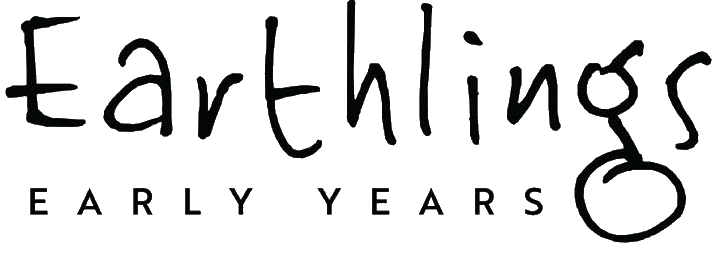Understanding Verification: A Fundamental Concept
Verification is a cornerstone of trust in today’s interconnected world. Whether confirming identities, validating documents, or securing digital interactions, the Verification Process ensures accuracy and reliability. From everyday transactions to critical infrastructure, Verification serves as a safeguard against fraud and misinformation.
The Role of Verification in Identity Management
Identity Verification plays a pivotal role in establishing trust between individuals and institutions. Governments, banks, and tech platforms rely on robust systems to authenticate users. Document Verification is essential here, ensuring passports, IDs, and credentials are legitimate. This process mitigates risks like identity theft and unauthorized access.
Types of Verification Methods Used Today
- Biometric Verification: Uses fingerprints or facial scans for Identity Verification.
- Online Verification: Validates information through digital platforms, such as checking credit histories or employment records.
- Security Verification: Implements encryption and multi-factor authentication to protect sensitive data.
How Verification Enhances Security Systems
Security Verification strengthens defenses against cyber threats. By integrating layers like two-factor authentication and behavioral analytics, organizations reduce vulnerabilities. Document Verification also prevents counterfeit credentials from compromising systems.
Key Industries Relying on Verification Processes
- Finance: Banks use Identity Verification for account openings and fraud detection.
- Healthcare: Ensures accurate patient records through Document Verification.
- Government: Employs Online Verification for voter registration and welfare programs.
Challenges in Implementing Effective Verification
Despite its importance, Verification faces hurdles like balancing convenience with security. For example, overly strict Identity Verification can frustrate users, while lax protocols invite breaches. Innovators must navigate regulatory complexities and evolving threats. Super Slots casino review highlights how even industries like gaming prioritize Verification to comply with legal standards.
Best Practices for Streamlined Verification Procedures
Efficiency in Verification requires automation and user-centric design. Leveraging AI for Document Verification reduces manual errors. Regular audits ensure Security Verification protocols remain up-to-date. Transparency in processes builds public confidence in Identity Verification systems.
Technological Innovations in Verification Technology
Emerging technologies like blockchain enhance Document Verification by creating immutable records. Online Verification tools now use AI to detect anomalies in real time. These advancements make Security Verification faster and more reliable, adapting to modern demands.
Legal and Ethical Considerations in Verification
Verification must adhere to privacy laws like GDPR and CCPA. Ethically, systems should avoid biases in Identity Verification and protect user data. Balancing regulatory compliance with innovation remains a critical challenge for developers.
The Future of Verification in a Digital Age
As digital interactions grow, Verification will become seamless yet stringent. Quantum computing may revolutionize Security Verification, while decentralized identity solutions could redefine Identity Verification. Continuous adaptation will define future-proof systems.
Common Misconceptions About Verification Techniques
- Misconception: Verification is solely about rejecting threats. In reality, it also enables trust-building.
- Misconception: Online Verification is inherently insecure. Modern encryption mitigates many risks.
- Misconception: Document Verification is outdated. It remains vital for verifying physical credentials alongside digital checks.
Steps to Improve Verification Accuracy
Enhancing Verification accuracy involves cross-checking data sources, training AI models on diverse datasets, and refining thresholds for Identity Verification. Regular updates to Security Verification protocols ensure resilience against emerging threats.
Global Standards for Verification Compliance
International frameworks like ISO/IEC 27001 guide Verification practices globally. Organizations must align with these standards to ensure consistency in Document Verification and Security Verification across borders.
Case Studies Demonstrating Verification Success
- Estonia’s Digital ID: Uses advanced Identity Verification for seamless government services.
- Bank of America: Implements AI-driven Security Verification to combat fraud effectively.
- EU Travel Regulations: Mandate Document Verification for streamlined cross-border journeys.
